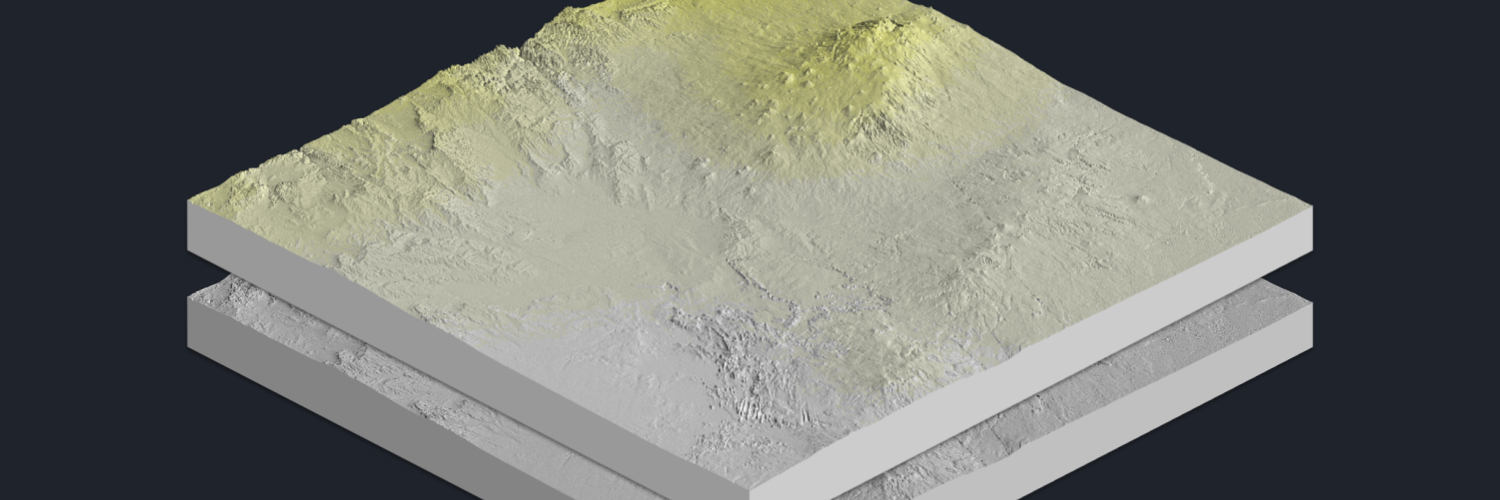


Researcher in computational archaeology at https://mastodon.online/@unibern. https://archaeo.social admin. Wikipedian.
This profile is from a federated server and may be incomplete. Browse more on the original instance.


Researcher in computational archaeology at https://mastodon.online/@unibern. https://archaeo.social admin. Wikipedian.
This profile is from a federated server and may be incomplete. Browse more on the original instance.